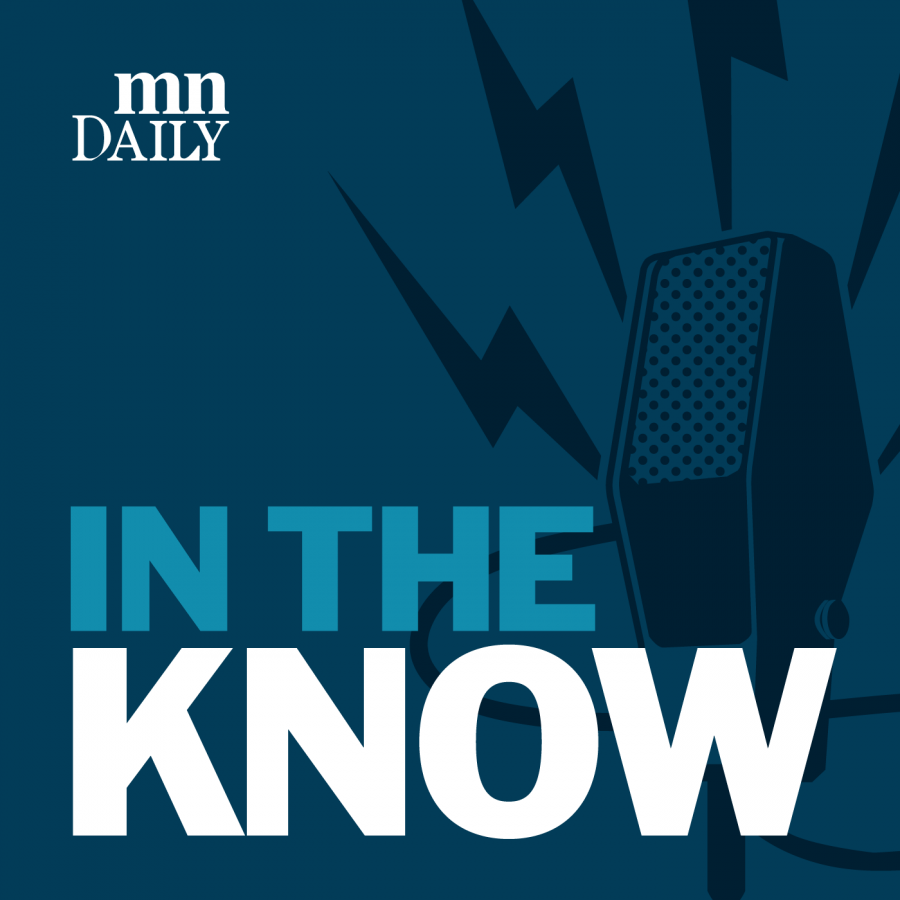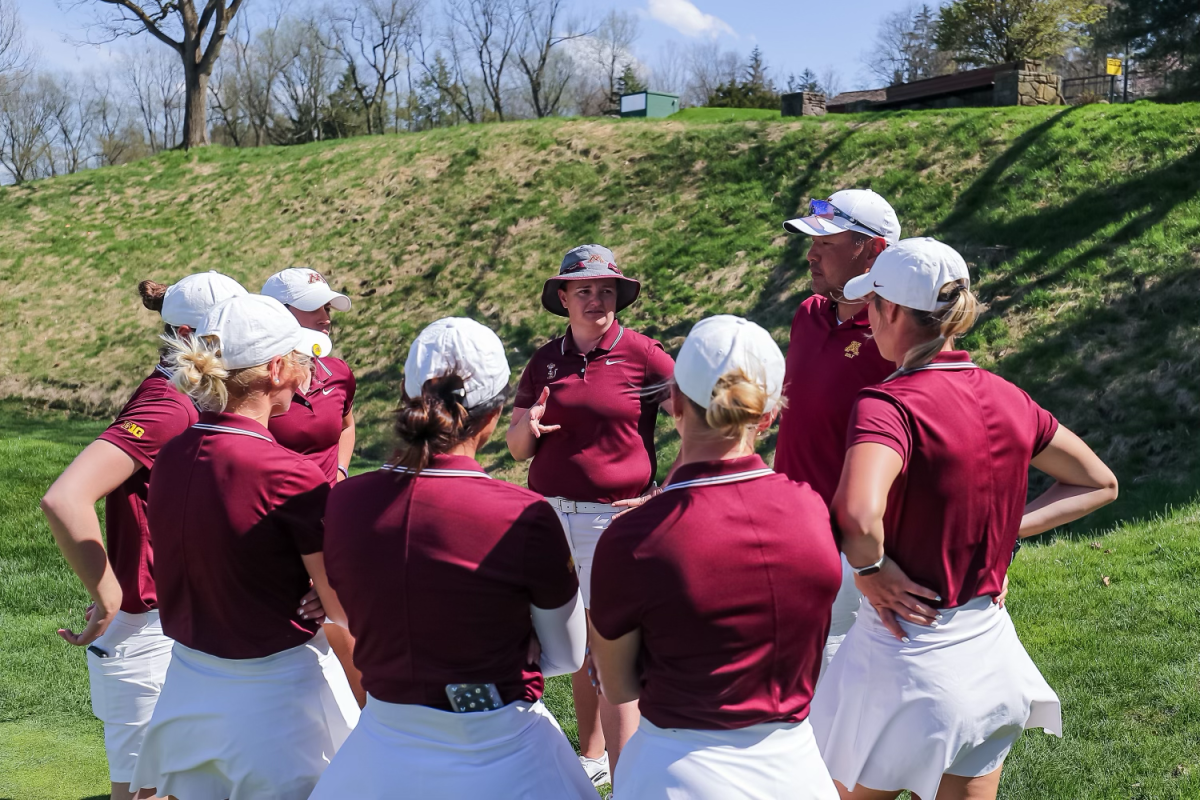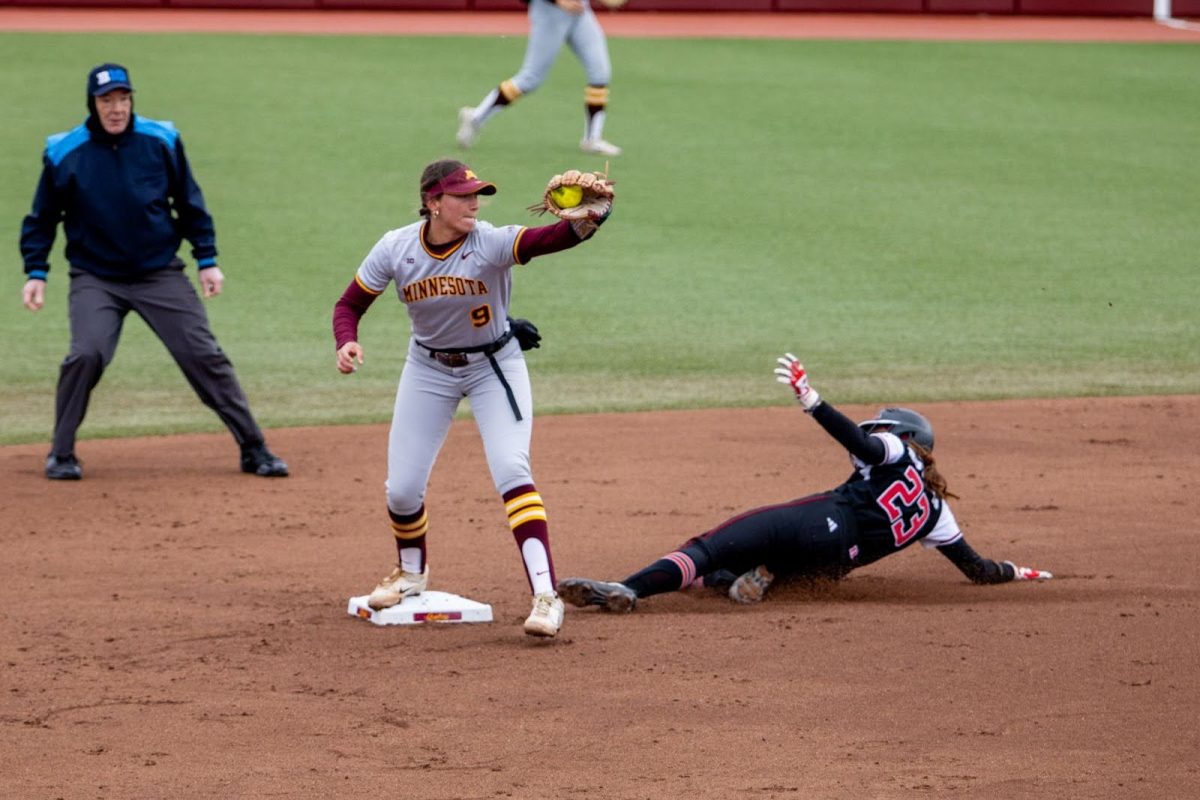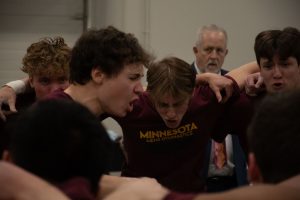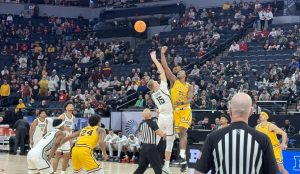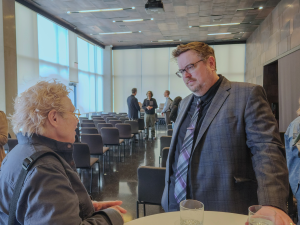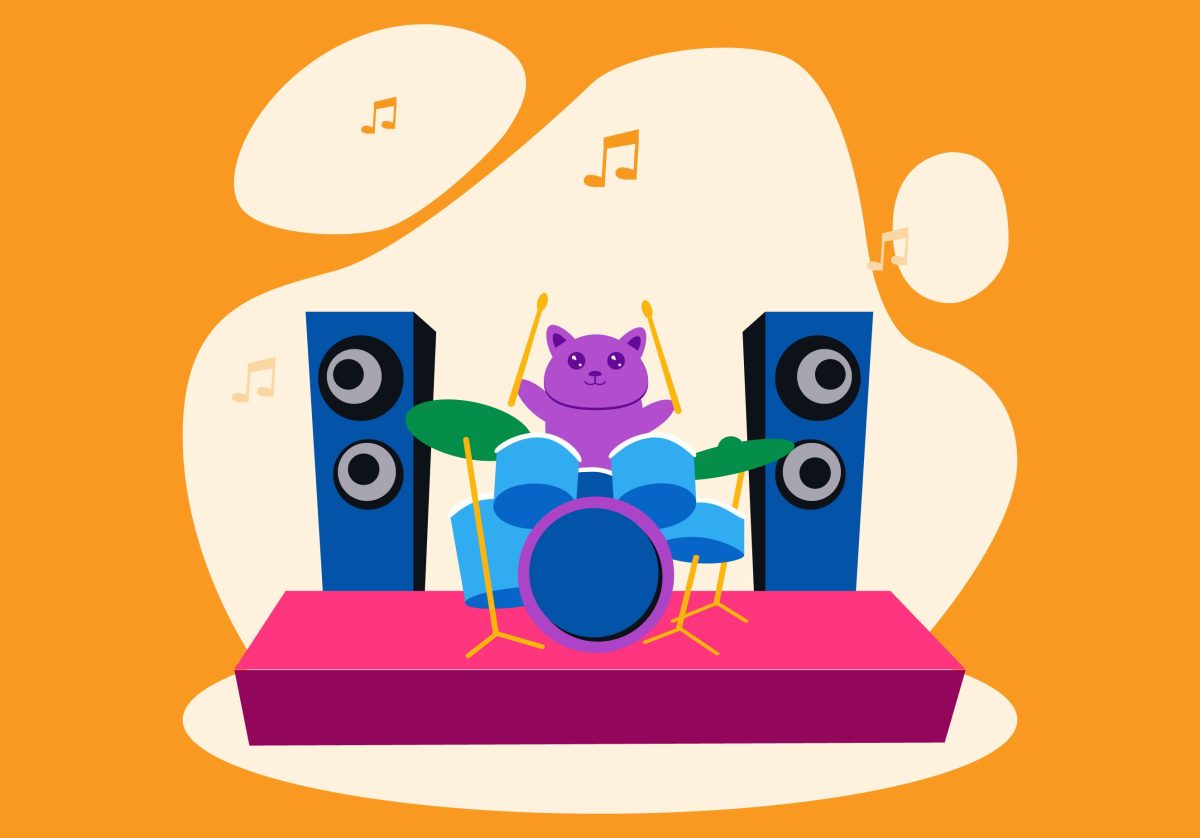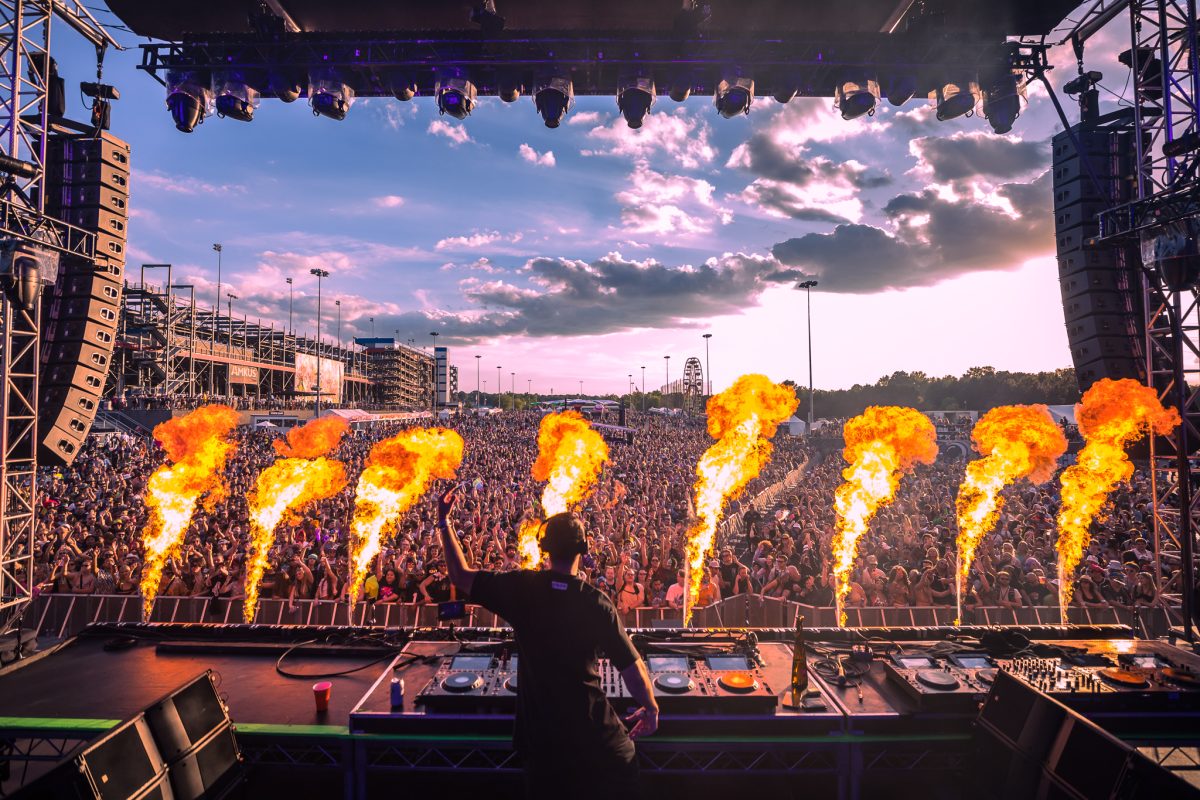Leah Cooper likes to say that “every community gets the arts it deserves.”
Apparently, the Twin Cities deserves a frenzied, grassroots theater festival featuring everything from puppetry to dance, amateurs to professionals, choose-your-own-adventure-style productions to teens ruminating about sex.
Not bad for a quiet, Midwestern metropolis.
Of course, it is the eve of the 12th annual Minnesota Fringe Festival and Cooper is the Fringe’s executive director.
For those unfamiliar with the Fringe, it is an 11-day theater and visual-art extravaganza featuring 168 different shows and drawing some 50,000 attendees. Each show is an hour long and can be seen at 29 different local venues. Many “Fringers” like to see a number of shows, some viewing 10 in a single day.
The Fringe also showcases visual art: There are 10 visible Fringe exhibits and there are shows geared specifically to teen and 12-and-under audiences.
The Fringe has become a phenomenon in itself because of the “adventurous” nature of the Twin Cities’ theater audiences, the talent of area artists and the number of theater venues here, Cooper said. She also credits local philanthropic efforts to support the arts and the “blood, sweat and tears of volunteers.”
Each year, the Fringe continues to grow and change, Cooper said. It has witnessed an 18 percent to 25 percent growth in attendance annually, Cooper said. Last year, attendance topped 50,000; organizers are hoping to see similar numbers this year.
Fringe evolution
The Fringe Festival concept is not unique to Minnesota; such festivals exist throughout North America. Edmonton, Winnipeg and Toronto also host annual festivals, but it is Edinburgh, Scotland, that claims the largest and oldest Fringe, dating back to 1947.
Regardless of geographical location, though, all of the Fringes aim to give smaller, more local theater troupes and individual actors – those on the “Fringe” – a chance to perform.
First-time Fringe actor, producer and writer Matt Weerts, of Minneapolis, had never written anything but poetry before penning the script for “Glass & Concrete,” his Fringe show. He calls the festival the “perfect venue” for new artists.
“We never could have gotten to perform or produce a show in Minneapolis. Without the Fringe, our resumes are nonexistent,” Weerts said.
The accessibility and number of new performers means that audiences never know just what they’ll get. Shows can be experimental or a bit risque. Cooper said the quality of performances can be “arbitrary” at times.
Because of the shows’ length and the Fringe’s scheduling, word of mouth contributes greatly to the success or downfall of a given show.
“Word of mouth drives things with theater and even more so with these,” Cooper said, observing that between shows, audience members flock to other audience
members to ask what shows they’ve seen and which were the best.
Politics, God, and nada
This year, as usual, Fringe shows address a variety of subjects. Cooper said that nearly half of the shows have a political bent, while another significant percentage aims to be “whimsical and light.”
A third emergent category seems to have appeared just this year; nine shows have a spiritual focus, she said.
Cooper noted a number of highly anticipated performances, from Briton Jon Ferguson’s “Please Don’t Bomb Mr. Boban,” which takes place in Iraq, to a Montreal-based group’s “Never Surrender’s Greatest Adventures,” performed entirely by lip-synching to a prerecorded audiotape. Other shows include cast members who are homeless or in high school, she said.
Theater costs money
Fringers who have attended shows for a number of years might notice that ticket prices have gone up recently, perhaps making the festival less accessible to those with limited funds.
Ticket prices are $12 per show for adults and $10 for students, with the one-time, $3 purchase of a Fringe button required.
Cooper said that ticket prices were “a little high for students,” but said they will not increase for at least two more years. Also, prices are comparable with the lower end of theater tickets around town.
She also said attending the Fringe is slightly more affordable for those who want to see many shows. An Ultra Pass costs $130 and allows one to see unlimited shows, while a Punch Card allows for five shows and costs $45. The Punch Card can be used by several people, as long as each person has a button.
The higher ticket price reflects the cost of renting venues, liability insurance and three year-round staffers. Organizers also make retaining a low application fee for performers a priority, she said.
Another option for college students is volunteering at the Fringe. For each show worked, volunteers receive one free admission to a show of their choice.
The Fringe’s future
Cooper said Fringe organizers are looking to the future to anticipate possible directions for theater and the festival.
One goal is to make the Fringe a “regional destination” for tourists from neighboring states.
Organizers would also like to begin to sponsor more events during the year, including possible festivals involving film, music, hip-hop theater and site-specific performances.
“Hopefully, this will make people see us less like a circus that comes and goes in the night,” she said.
Given the enthusiasm the Fringe always garners, though, the Twin Cities community seemingly enjoys the annual “circus” that is the Fringe.
Let’s hope we also still deserve it.


